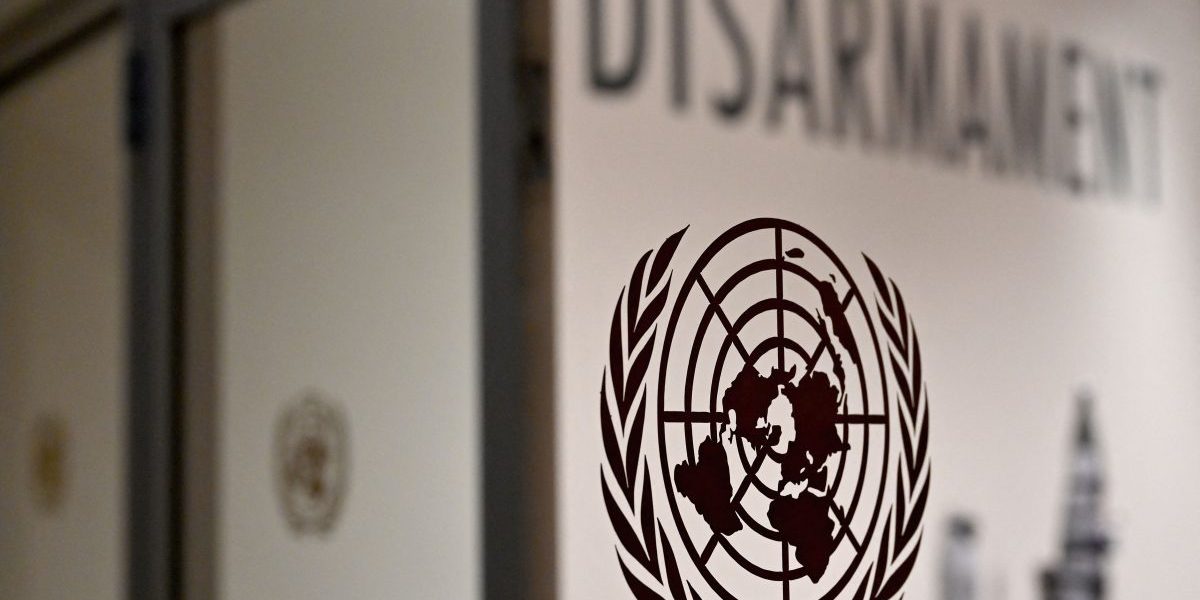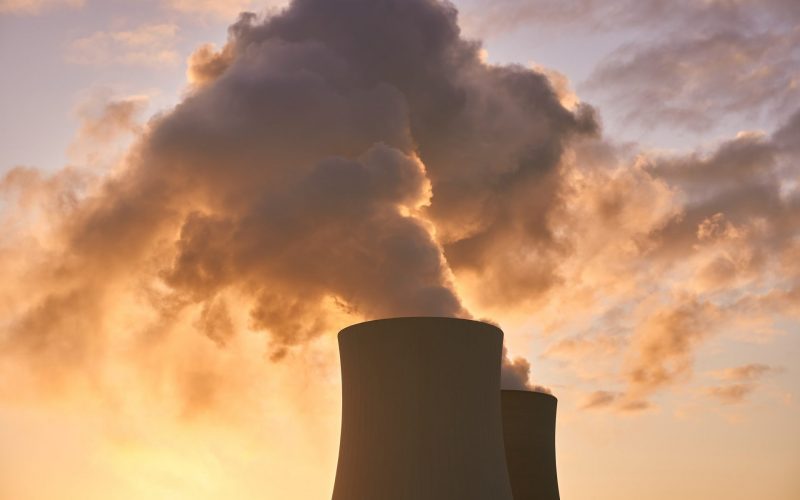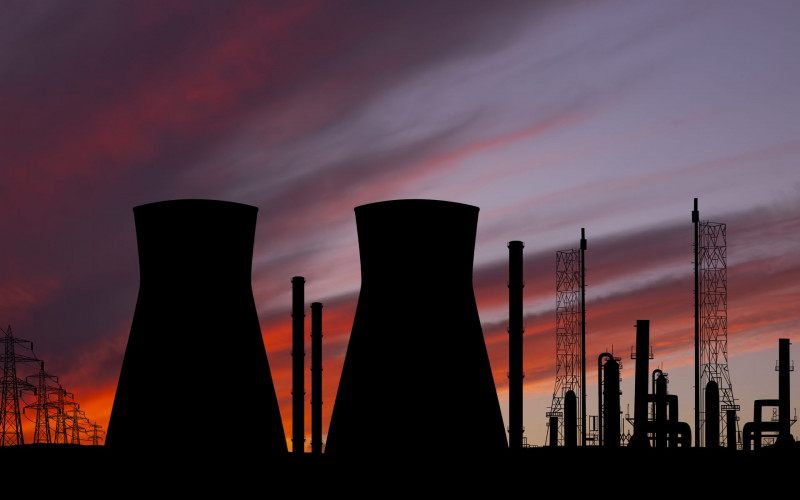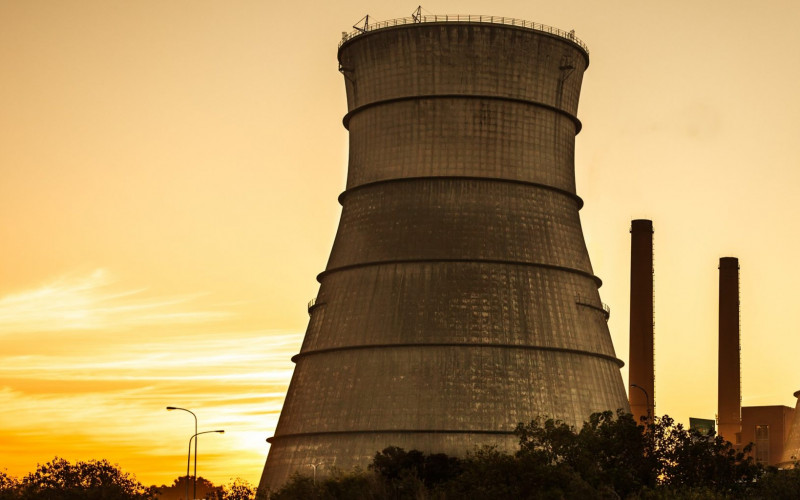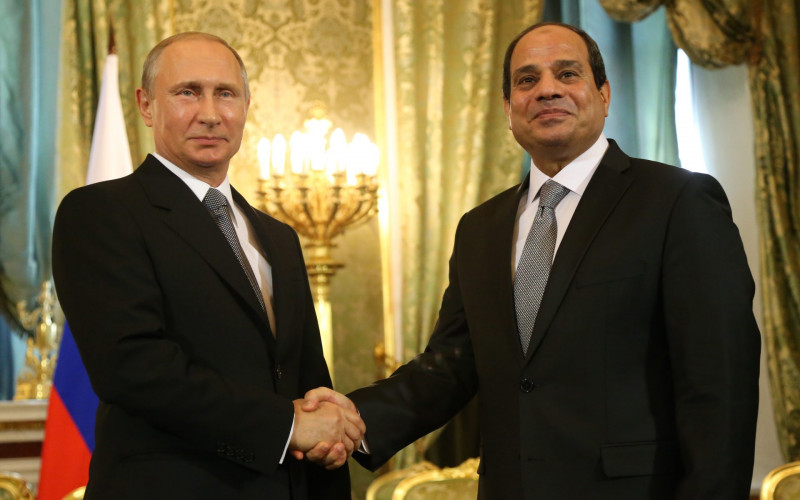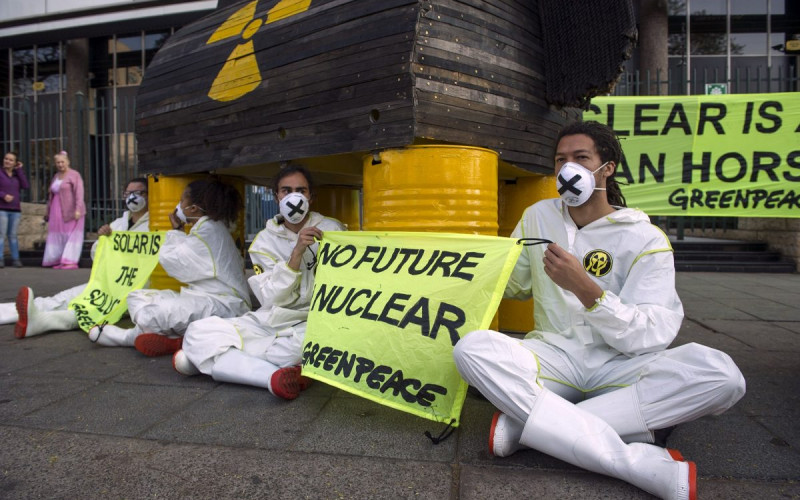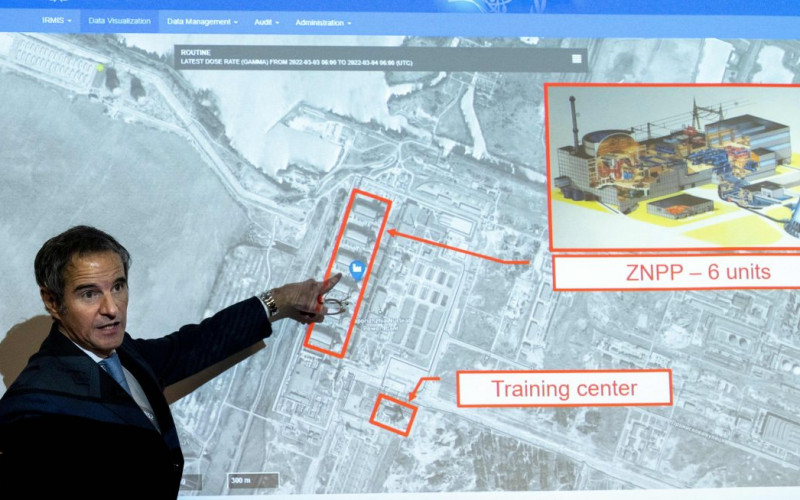But the four weeks of fervent discussions ended disappointingly when the state parties failed to adopt an outcome document at the end of the Conference.
This failure was the result of Russia’s objection to a section in the document pertaining to control of Europe’s largest nuclear power plant, Zaporizhzhia, in Ukraine.
The 10th Review conference took place at a delicate time: nuclear powers have been modernising their arsenals, uncertainty about the Iran nuclear deal prevails, the Russo-Ukrainian war drags on amid reminders of Russia’s nuclear capabilities and, most recently, China – also a nuclear armed state – has been conducting military drills in the Taiwan Strait.
These recent developments among nuclear powers lead to the question: is the Treaty on the Non-Proliferation of Nuclear Weapons, commonly known as the Non-Proliferation Treaty or NPT still relevant? The short answer is yes. But it currently risks losing credibility since recognised nuclear weapons states under the treaty are failing to abide by its stipulations and proliferation remains a threat.
The NPT will have to adapt to changing circumstances by strengthening its enforcement and committing to a clearly laid-out action plan for achieving one of its biggest objectives: complete nuclear disarmament.
Relying on other meaningful legal regimes like the Treaty on the Prohibition of Nuclear Weapons (TPNW) can also give it more clout because of the interplay between its disarmament component and the TPNW. UN Secretary-General António Guterres said at the opening address of the Review Conference the conference was happening “at a time of nuclear danger not seen since the height of the Cold War”.
Since Russia’s invasion of Ukraine and the decision by President Vladimir Putin to put its nuclear forces on high alert, the possibility of nuclear war for many no longer seems confined to the realm of dystopian fiction.
It also makes mute the January 2022 statement by the P5 (UN Security Council’s five permanent members; namely China, France, Russia, the US, and the UK) that it remains committed to preventing nuclear war.
Ironically, Putin circled back to this idea in a letter addressed to the 10th NPT Review Conference, saying that “there can be no winners in a nuclear war and it should never be unleashed”. Furthermore, the start of the RussoUkrainian war in February sparked fears among some that China would be roused to carry out a military invasion in the Taiwan Strait, although it could be argued that the visit by US House of Representatives Speaker Nancy Pelosi to Taiwan, among others, has been the driver of recent Chinese military exercises in the Strait.
China has long viewed Taiwan, governed autonomously since 1949, as part of its territory. However, China is one of the only nuclear weapons states to commit to the “no first use policy” which means that it will only draw on its nuclear arsenal if attacked with nuclear weapons first.
The NPT rests on three key tenets: non-proliferation, disarmament, and the peaceful uses of nuclear energy. In force since 1970 and extended indefinitely in 1995, the NPT has made slow progress on disarmament. In fact, over the years the number of nuclear weapons states has increased from the five recognised in the Treaty (China, France, Russia, the UK and the US) to nine (the NPT five plus India, Israel, North Korea and Pakistan).
In part, this is related to internal weaknesses of the NPT. These include its withdrawal clause, used by North Korea to develop its nuclear arsenal, and its definition of nuclear weapons states as those who tested the weapons before January 1, 1967.
This technicality enabled the five NPT nuclear weapons states to retain their arsenals after signing the Treaty. India, which conducted its first nuclear test explosion in 1974, has used this technicality as grounds for not joining the NPT because it believes that the recognition of only five states as nuclear powers is discriminatory and the global risk associated with nuclear weapons is not eliminated by restricting their possession to only this group.
The stalemate in the Iran nuclear deal is another example of the looming threat of nuclear proliferation. On the 50th anniversary of the NPT in 2020 Robert Einhorn, a senior fellow in the Arms Control and NonProliferation Initiative at the Strobe Talbott Center for Security, Strategy and Technology, remarked that without the NPT and the normative framework it sought to create, the world would be a different place and the number of nuclear armed states would be far higher.
Furthermore, Einhorn directs his praise at the International Atomic Energy Agency, a regulatory oversight body established under the NPT, for its contributions in ensuring that nuclear material is used for peaceful applications. Nuclear science and technology, when applied peacefully, offers tremendous potential for enhancing development.
To ensure it maintains its relevance, the NPT regime needs to adapt so that it can best address the current geopolitical context. While many of the NPT’s supporters dismiss the TPNW, (the UN Treaty that bans nuclear weapons in their entirety) disarmament remains one of the key objectives of the NPT and therefore complements the endgoal of the TPNW.
Furthermore, more should be done to ensure the entry into force of the Comprehensive Nuclear Test Ban Treaty, which has been at a stalemate for more than 20 years. Most importantly, while the NPT enshrines disarmament as one of its goals, it fails to provide a timeline for disarmament to take place.
The failure to adopt an outcome document at the 10th Review Conference stopped signs of change in their tracks. These were noticeable in some of the first draft documents emerging from the conference in last month.
For example, the draft report from Main Committee 1, responsible for overseeing progress on disarmament, specifically mentions the action plan adopted at the first Meeting of States Parties to the TPNW in June.
Furthermore, in a first for the NPT-regime, it also acknowledged the humanitarian consequences of nuclear weapons. But without an official outcome document, this can progress no further. What the result of the 10th Review Conference illustrates clearly, is that the political will of nuclear armed states holds great sway and any chance of reaching consensus rests on that.


